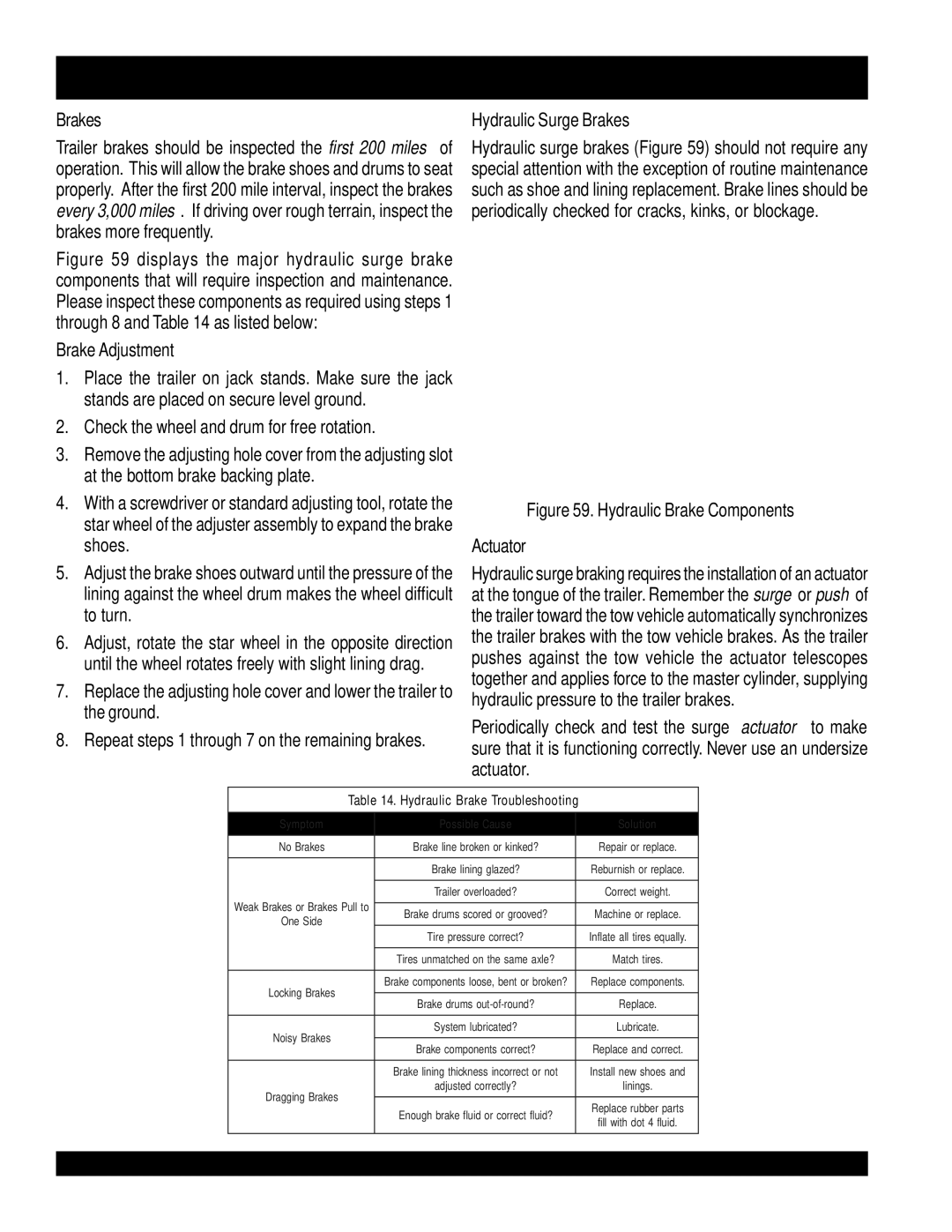DCA-220SSVU specifications
The Multiquip DCA-220SSVU is a robust and versatile generator, designed for both commercial and industrial applications. It is particularly renowned for its reliability, efficiency, and advanced features tailored to meet the demands of various worksites.At its core, the DCA-220SSVU is a silent diesel generator, powered by a dependable Yanmar engine. This engine not only provides impressive performance but also ensures durability, making it a popular choice for operations that require continuous power supply. With a power output capacity of 220 kVA, this generator can effortlessly handle heavy-duty equipment and multiple power needs simultaneously.
One of the standout features of the DCA-220SSVU is its sound attenuation technology. Enclosed in a weather-proof canopy, the generator significantly minimizes noise output, making it an ideal option for locations with strict noise regulations, such as residential areas or sensitive environments. The generator operates at a low noise level, allowing it to blend seamlessly into various settings without causing disruption.
The Multiquip DCA-220SSVU also boasts advanced fuel efficiency. It is engineered to consume lesser fuel while providing maximum output, leading to reduced operational costs for users. This efficiency not only helps in cost savings but also minimizes the environmental impact, aligning with contemporary sustainability practices.
Another characteristic that sets the DCA-220SSVU apart is its user-friendly operation. The generator comes equipped with a digital control panel that displays critical information, including voltage, frequency, and runtime. This feature enables operators to monitor performance easily and perform quick troubleshooting when necessary.
Safety is paramount with the DCA-220SSVU, which is equipped with various protective features. These include low oil pressure shutdown, high coolant temperature shutdown, and overcurrent protection, ensuring that the generator operates safely and efficiently under varying load conditions.
Additionally, the generator features a large fuel tank that allows for extended run times, making it suitable for long-term projects or emergency situations. The DCA-220SSVU is engineered for enhanced mobility, thanks to its sturdy frame and integrated lifting points, allowing it to be transported easily across different job sites.
In conclusion, the Multiquip DCA-220SSVU is a powerful, efficient, and quiet generator that incorporates advanced technologies, comprehensive safety features, and user-friendly controls. Ideal for contractors and businesses looking for reliable power solutions, this generator exemplifies Multiquip's commitment to quality and innovation in the construction and industrial sectors.

